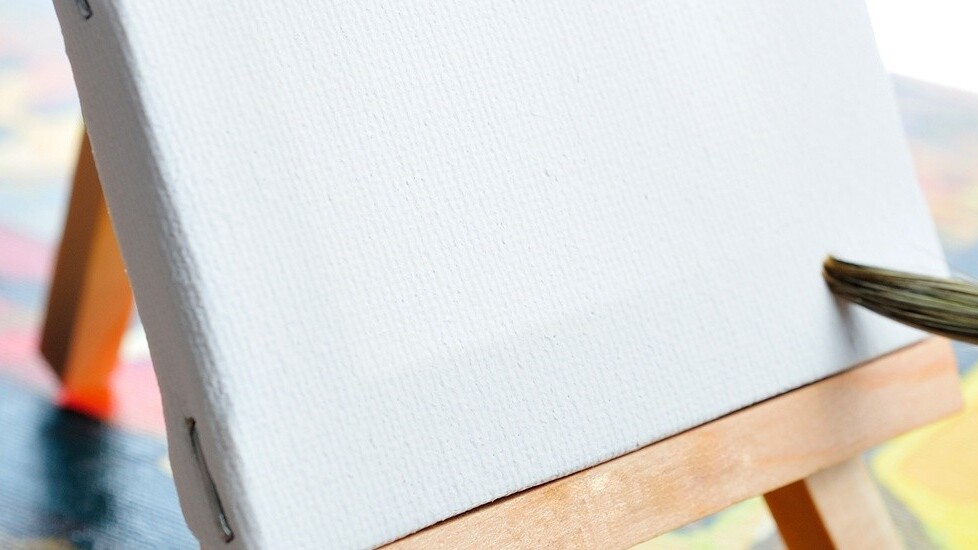
Padlet has made history in Singapore, as the first of two startups from the country to enter the hallowed Y-Combinator accelerator program, and the company is already charting impressive growth. Its ‘easy blogging’ service gives users a blank ‘wall’ to fill with any kind of content, and it just crossed the notable milestone of 1.5 million walls.
The service first started in 2008 as part of a university project when it was known as Wallwisher, and — as well as 1.5 million walls — it is already drawing revenue through a premium service being trialed with schools and enterprises. Bring that all together and you have the makings of a promising startup.
What I like best about the startup is its story, and I caught up with founders Nitesh Goel and Pranav Piyush, two friends born in India and educated in Singapore, who filled me in on the details.
The project began at the National University of Singapore — where the duo both studied — as an end of degree assignment for Goel.
“I was interested in user interfaces,” he explains in a phone call from Silicon Valley. “The Internet is not easy for us to put content on, for example people still reach out for their notebook to jot things down even though their computer is in front of them. My challenge was to bring the same formula to the Internet.”
Goel quickly created a prototype of Wallwisher, as it was then called. Conscious of the need to pay off student debts, he approached Singaporean entrepreneur James Seng — the man behind the country’s first ISP, Technet, which later became Pacific Internet — with a view to selling it for SG$4,000 (around $3,200).
Rather than send him packing or accept the proposal, Seng saw potential in the product and agreed to invest what Goel calls “a small amount of money” via the Thymos Capital incubator that he ran. There was no expectation from Seng that the product would become a full-time focus for Goel, but he admits that he knew he’d circle round to do it at some point.
Meanwhile, the fresh graduate was about to get a shock when his hosting provider got in touch.
“After graduating in 2008, I literally wrote the program up, published it on a production server and didn’t think too much about it,” he recalls. “Until I got an email from the hosting firm — which I was paying about SG$5 per month for — which told me I was using too much bandwidth.”
Surprised, he checked the logs and found that his side project had gained some attention. The service caught the attention of makeuseof.com and, from there, the first users outside of his immediate friends began signing up.
Despite that promise — a large number of schools and teachers were among the early users — it wasn’t until March 2012 that Goel left his role at finance startup SigFig‘s Singapore office to pursue his creation on a full-time basis. Following a stint at the Startup Chile program in the summer of 2012, he roped in high school friend Piyush in November to develop the company.
That takes us to today, with the two founders preparing for the YC demo day this month — “we’re not yet sure what we’ll be doing yet,” Goel says, like a true founder — and already the duo are planning to hire when they graduate the program.
“Weeks go by when all we’ve done is answer emails or fix bugs,” Piyush says. “The immediate priority is to bring people on to give us breathing space to maintain the site and do new things.”
The aim of Padlet is certainly ambitious and Goel explains that, despite the plethora of tools, Internet users — particularly those in emerging markets — need an easier way to use the Web to create an identity, communicate with friends, share information and more.another.
Padlet is versatile, allowing any kind of file to be dragged and dropped onto the page, while text can be easily added. It can be used for collaborative purposes, as a teaching aid, or as a photo wall, shopping list, garage sale menu or more. Yet, while even your mother could use it, its blank canvas approach poses issues.
“If you give it to a creative person they’ll take it to another level and do things we can’t even imagine, but there are others who write to us asking how to get started. It can be intimating,” Goel says.
Citing Tumblr as an example of a blogging platform that’s easy to use thanks to its layout, Padlet has content cues and some standard formatting to prevent users being overwhelmed by the white space.
“We aim to strike a balance between providing structure and allowing free-form creation,” Goel explains. “Both are important and much needed.”
Looking at its revenue model, the two young founders already have some promising ideas. They are piloting the white label option with a range of beta testers — including schools and companies — and have identified e-commerce as one avenue that they could expand into.
“We’re definitely thinking about doing things around e-commerce,” Goel says. “We try to make the Web easier for people to use, and one thing that many want to do is sell stuff and collect payments. If we can simplify that process, and take a share of revenues from that, then it could be a compelling business model.”
Rather than ape other sites, Piyush explains that Padlet aims to make things consumer-friendly and easy, and that could apply equally to commerce.
“Payments solutions are still very heavy on the developer side,” he says. “Our target is to make it easier for end users, the people that will use it.”
One of the immediate aims will be to extend the service — which is already optimized for the Web on mobile and tablets — with native applications. The iPad is a particular focus, which is understandable given that it has emerged as a platform for content creation.
First up though, the Padlet team will finish the YC program and go from there, but there’s already plenty of momentum for the one-time university project.
To show how easily Padlet is to use, I mocked up a quick one using quotes from the chaps, but a number of more high profile examples include:
- SwitchYourBank.org showcased its campaign for local banking: http://
toobighasfailed.org/ - The Government of New York’s Office of the Public Advocate collected tributes to Hurricane Sandy helpers: http://sandyheroes.com.
- The Baltimore Zoo housed tributes to a polar bear that recently passed away: http://padlet.com/wall/
nqgbzhfs77
Headline image via NorGal / Shutterstock
Get the TNW newsletter
Get the most important tech news in your inbox each week.









